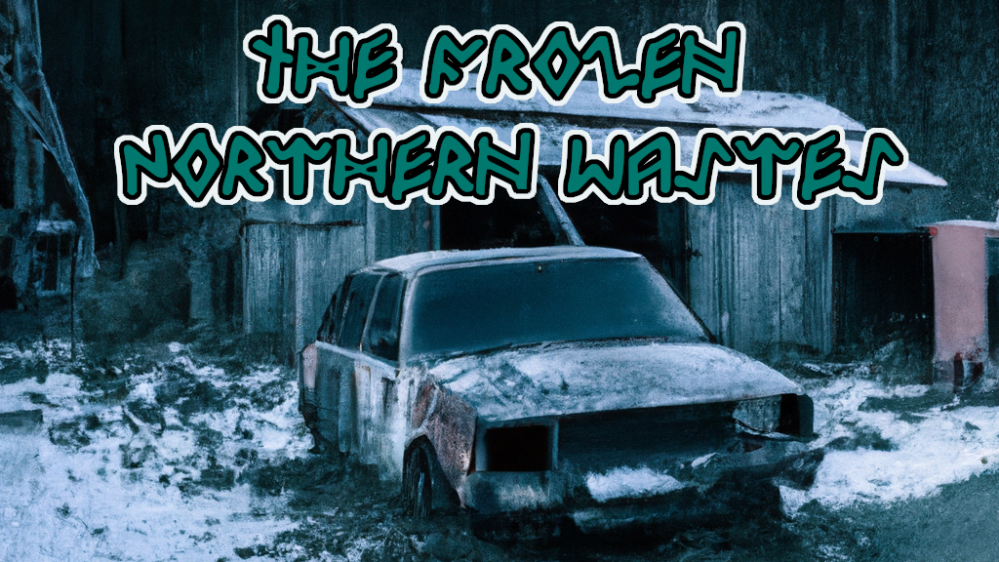
Manda's (Amachan) Frozen Northern Wastes
Chapter 1 – The Political History
On the 4th of April 1949 the North Atlantic Treaty was signed and NATO was officially created. Sweden at this time was afraid it could provoke the Soviet Union to invade its friend and neighbour Finland if they joined and thus stayed out. During the Finnish War (1808-1809) Sweden was given a beating by the Russian Empire as they overrun all of Finland, after this Sweden adopted a policy of neutrality. This policy is why Sweden didn’t join NATO at the time. The Korean War in 1950 however, displayed the threat to the sovereignty and stability of nations such as China and the Soviet Union. This really gave the Swedish people and government more thought about their own security. The Swedish government didn’t want a repeat of the Second World War where they were stuck between two major powers, limiting their trade and security at the borders. In 1951 a bill was put forward in parliament for the abolishment of neutrality and joining NATO. A public vote was called and the vote to join NATO got a majority and thus Sweden alongside Greece and Turkey joined NATO in 1952.
Soviet Union
On the 14th of October 1964 Nikita Sergeyevich Khrushchev (Ники́та Серге́евич Хрущёв) was removed from office and Alexander Nikolayevich Shelepin (Алекса́ндр Никола́евич Шеле́пин) took his place. As the former chairman of the KGB was aware that gathering intelligence is half the battle if NATO were to attack. So he directly increased spending in the Soviet space program, however he had no goals of reaching the moon, but rather building a network of satellites that can be used to spy on the USA and the rest of NATO. Shelepin put more pressure on Sergei Pavlovich Korolev (Сергей Павлович Королёв) to focus on making the R-7 Semyorka (Р-7 Семёрка) more efficient and more reliable in order to set-up a satellite network. He also wanted the plans for the N1 launch vehicle to be altered so it can provide reliable heavy lift possibilities to low-Earth orbit. This meant that the Soviet Union could potentially build a space station as it might provide better observation with the limited electronics available at the time. Sadly Korolev’s health failed him completely in late 1965 and passed away in early 1966. His successor at the OKB-1 design bureau Vasily Pavlovich Mishin (Васи́лий Па́влович Ми́шин) felt that due to the change of the plans for the N1 launch vehicle to no longer carry living beings, the suggested rocket engines provided by Valentin Petrovich Glushko (Валенти́н Петро́вич Глушко́) that use more toxic, but more reliable fuels was far more acceptable.
Shelepin also started to strengthen the military forces of the Union for fear of a NATO attack. He did this by increasing the spending on military technology development and even giving some to some more experimental ideas. However in 1969, weeks before NASA landed on the moon, Shelepin was assassinated. No one was obviously coming forth to say it was their work, but most of the world suspected that the USA was involved in this. He was then succeeded by Viktor Prokhorovich Zavoevatel (Виктор Прохорович Завоеватель) a strong military leader who would be an even bigger threat than Shelepin would ever be.
Finland
On the 6th of April 1948 Finland and the Soviet Union signed YYA treaty (Ystävyys-, yhteistyö- ja avunantosopimus) also known as the Agreement of Friendship, Cooperation, and Mutual Assistance. Under which Finland was obliged to resist armed attack by Germany or its allies against Finland or against the Soviet Union through Finland. It would also guarantee Finland’s neutrality during the cold war. In 1966 Aarne Armas Saarinen became chairman of Suomen Kommunistinen Puolue (SKP) (Communist Party of Finland). He however, was very sceptical of the Soviet Union. A plan was set-up to remove Aarne Armas Saarinen and replace him with Taisto Jalo Sinisalo as the head of the SKP. Sinisalo was a hard-line pro-Soviet MP of the Suomen Kansan Demokraattinen Liitto (SKDL) (Finnish People’s Democratic League) of which the SKP was its largest member. Shelepin and Sinisalo worked together closely together to get Sinisalo in power as soon as possible. A plot was hatched to assassinate the at this moment president Urho Kekkonen and then put forward a smear campaign on the Suomen Keskusta, the Centre Party of Finland, in order to call forth another election. These elections were held in 1970 and with the help of Zavoevatel the election was rigged so that Sinisalo would become president and the SKDL would have a majority stake in the parliament. It was a great success and Sinisalo would become the Finnish president in 1970.
Sinisalo and the SKDL worked hard to enhance military cooperation between Finland and the Soviet Union, strengthened pro-Soviet voices in Finland and enhanced trade and economic cooperation with the Soviet Union. However, not everyone in Finland agreed with this approach. It started as just voices of discontent, but those were silenced. Until in 1973 the first anti-Soviet riot in Helsinki took place. The police and the military were both mobilized to stop this riot with a degree of success. However, this was just the start. This all led to a civil war in January of 1975 that was meant overthrow the government as in the year before Sinisalo and the SKDL still held power through another rigged election in 1974. This civil war was seen as a major threat to the security of the Soviet Union’s border with Finland and thus the YYA-treaty was “enhanced” to allow Soviet forces on Finnish soil to help the SKDL gain victory in this civil war and regain control over Finland. This was a hard fight for the Soviets as the Finnish were well versed in the art of guerrilla combat. However, the lessons learned from both the Winter War and the Continuation War meant that the Soviet Union was well aware of the tactics used by the Finnish revolutionaries and made sure that this time they’d achieve victory.
In 1977 the civil war finally came to an end after 2 years of fighting. The SKDL and the Soviet Union were victorious and in order to move forward would form even closer ties and cooperation. Until in 1979 Suomen Sosialistinen Tasavalta (Социалистическая Республика Финляндия), or as known in English speaking countries as the Socialist Republic of Finland, was formed. This meant that from now on Finland was a full member of the Soviet Union. During all this conflict the NATO powers stood by in disgust, but didn’t act in fear of an all out nuclear war.
The Vienna Meeting
This put the Soviet Union’s borders right up against those of Sweden. Tensions were rising until in 1981 minor border skirmishes between the Soviet Union and Sweden took place. With Sweden being a member of NATO, this increased tension increased military presence all along the borders of NATO and Soviet territories with the main focus being around the Swedish and West German borders. A meeting was held between NATO and Soviet powers to hope to prevent further escalation to a full war. It was decided that this meeting would be held in Vienna, as Austria still upheld their neutrality in this conflict. The then US president Ronald Reagan was present among all of the leaders from the various NATO countries. However on the Soviet side it was just Zavoevatel and a small Soviet delegation. It was especially noted throughout the media on the NATO side that no one from Finland was present at this negotiation. A somewhat heated discussion went on between Zavoevatel and Reagan over the annexation of Finland as Reagan called it. Zavoevatel stood firm that this was a choice made by the people of Finland. The most important part of the negotiation was the current tension between NATO and the Soviet Union. While clear rules and guidelines for communication were set and the skirmishes came to an end, tensions and military presence along the borders remained high.
All characters and events in this narrative, even those based on real people, are entirely fictional.































![How To Paint Moonstone’s Nanny | Goblin King Games [7 Days Early Access]](https://images.beastsofwar.com/2024/12/3CU-Gobin-King-Games-Moonstone-Shades-Nanny-coverimage-225-127.jpg)


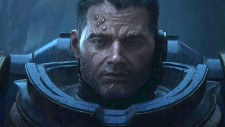







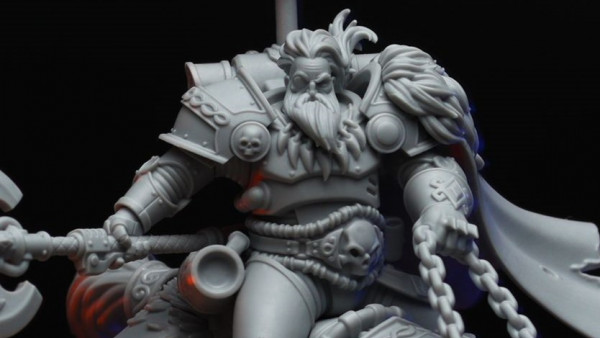


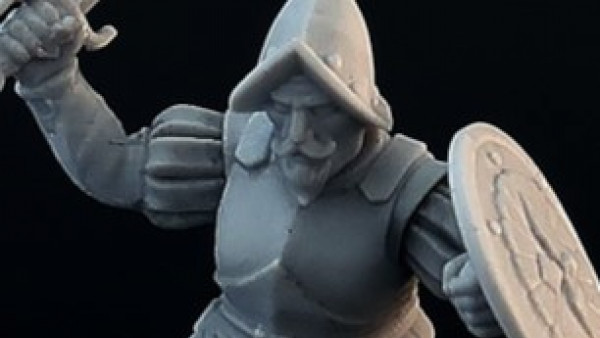

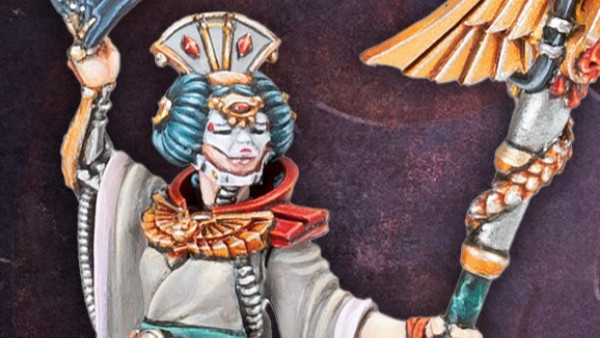

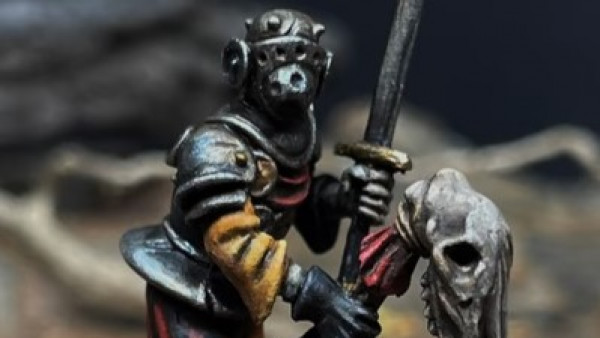


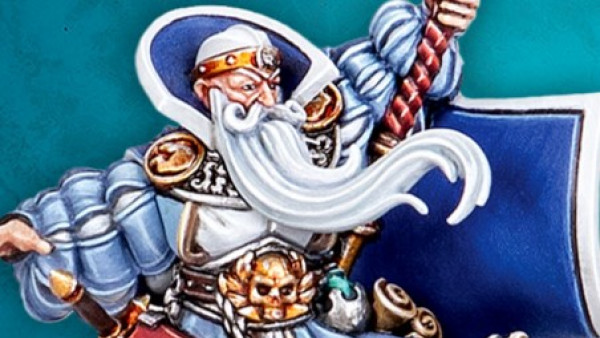



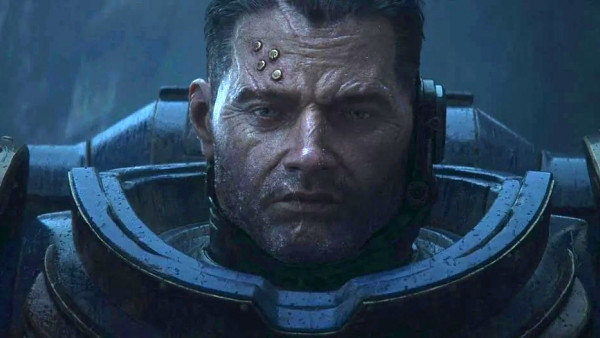

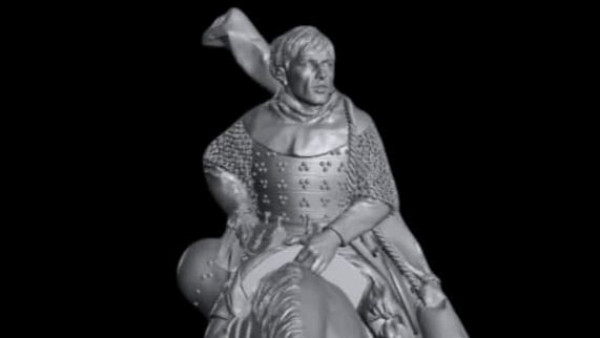
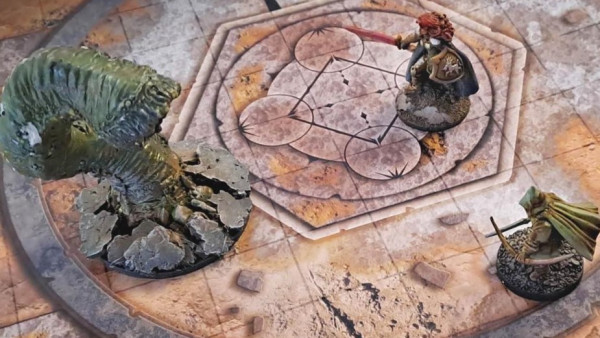
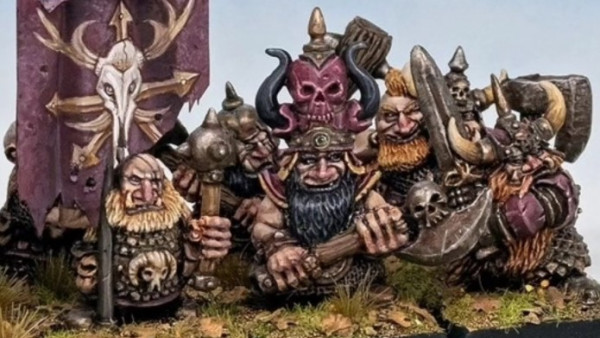
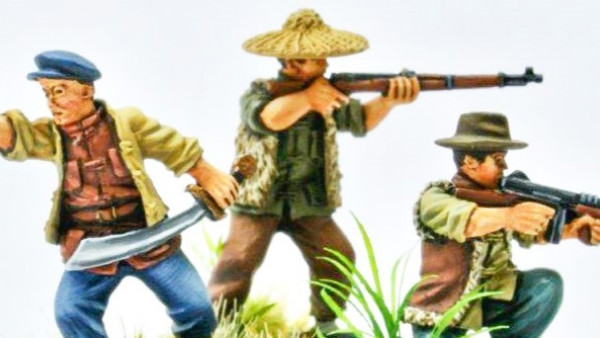
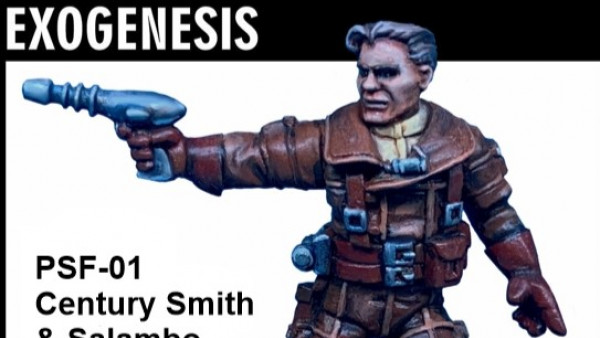
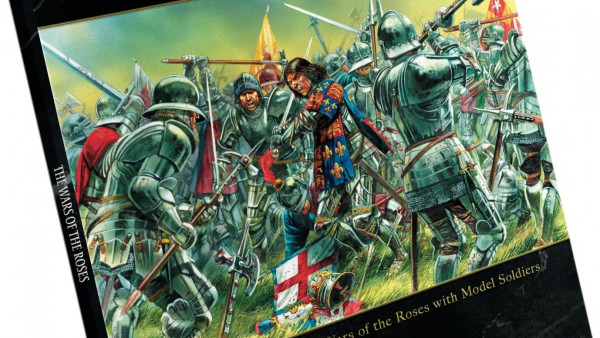

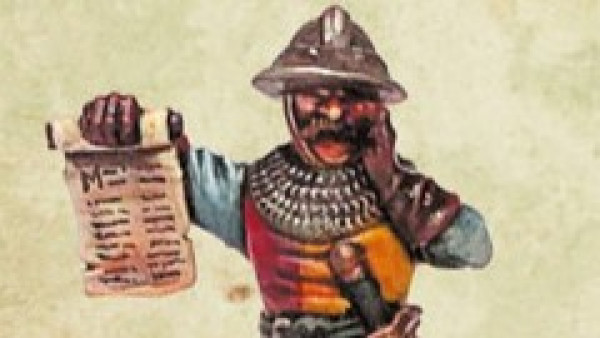
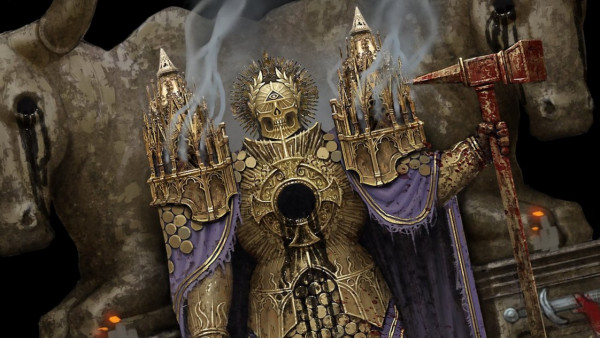
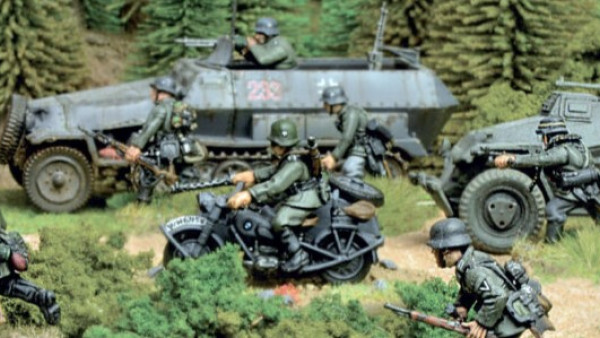
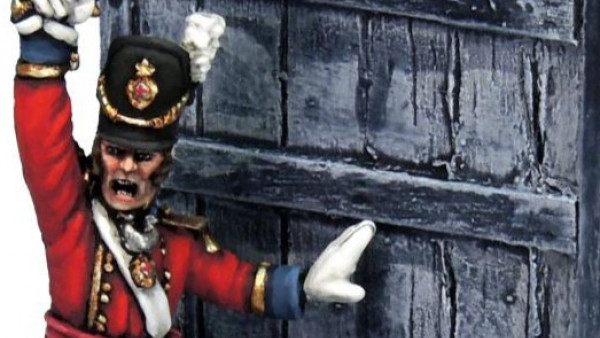
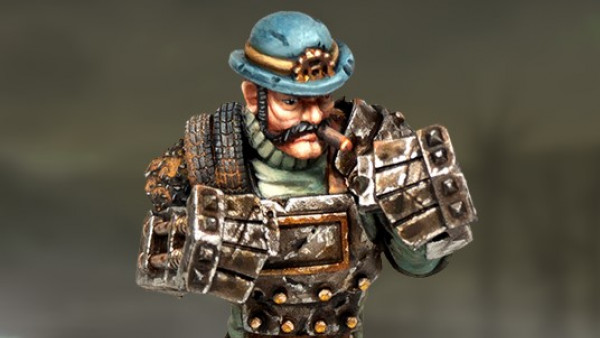
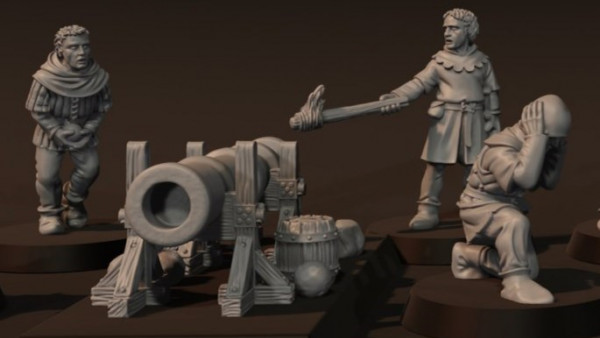

Great work so far, @amachan – I especially like how you backed up in your timeline to BEFORE your planned “big change.” I feel too many alternate histories start their timelines right at the moment they want to impact, thus the change is jarring and difficult for the reader to suspend disbelief. I especially like the posture in which you put Finland. Finland was indeed very neutral in the real-life Cold War and leaning toward Moscow in some parts of the 40-year conflict. I remember they even fielded T-72s in their army at some point. But if Soviet troops set… Read more »
At first I just had “Finland was conquered by the Soviet Union in the late 1970s”, but that didn’t sit right with me. Especially not as tensions were still pretty high during the whole cold war era, there would have been a reaction from the west. So I started to dig into the political and social landscape of Finland at the time to find a way that the west would not violently react, and it turned into the Soviet Republic of Finland. I am quite happy with that. I do want to flesh out the Soviet bit and the war… Read more »
Yes, T-72s were Finnish army main battle tanks for 20 years, from early 80s to early 2000s when they were replaced with Leopards. Soviets naturally supplied them to us with weaker ammunition…
This is very cool!
The piece about Finland in particular (I’m Finnish) is well written and plausible alternate history. We talk about the “danger years” (vaaran vuodet) in Finnish history, with the threat of a Soviet invasion or a communist revolution like you depicted. If you want to amend something, you could consider adding a mention of a smear campaign or even an assassination of president Urho Kekkonen, who was the force in real live balancing the Soviet relations, yet not let Finland fall under communism.
Thank you!
I may well use some of your suggestions to expand it a little.